Navigating the Refugee Claim Process in Canada Based on LGBTQ+ Identity
Canada has long been recognized as a safe haven for individuals fleeing persecution based on their sexual orientation, gender identity, or expression. For LGBTQ+ individuals seeking refuge, Canada offers a legal framework that acknowledges and protects their rights through its asylum and refugee claim process. If you or someone you know is considering making a refugee claim based on LGBTQ+ identity, here is a comprehensive guide to understanding and navigating the process:
Understanding Refugee Status
Refugee status in Canada is granted to individuals who are outside their home country and unable to return due to a well-founded fear of persecution based on race, religion, nationality, political opinion, or membership in a particular social group, which includes sexual orientation and gender identity.
Steps to Making a Refugee Claim:
Entry into Canada: You must be physically present in Canada or at a Canadian port of entry to make a refugee claim. This can be done at an airport, border crossing, or other points of entry.
Initial Screening: Upon arrival, you will undergo an initial screening by a Canadian Border Services Agency (CBSA) officer or an immigration officer. You will be asked basic questions to determine your eligibility to make a refugee claim.
Referral to the Immigration and Refugee Board (IRB): If your claim is found eligible, you will be referred to the Immigration and Refugee Board of Canada (IRB) for a hearing.
Preparation for the Hearing:
Documentation: Gather all relevant documentation supporting your claim, such as proof of identity, evidence of persecution or threats, and any documentation related to your LGBTQ+ identity. Often LGBTQ claimants don’t have proof of their identity because they may have hid this part of themselves from the public.
Legal Representation: Consider obtaining legal representation or seeking assistance from a refugee settlement organization like The 519 Church Street Community Centre. They can provide guidance, support, and representation throughout the process.
Attending the Hearing: The IRB will schedule a hearing where you will present your case. The hearing will typically include you, your legal representative (if any), a member of the IRB, and possibly a CBSA representative. Be prepared to share your personal story and provide evidence supporting your claim.
Decision: The IRB will assess your claim based on the information presented at the hearing and any additional evidence provided. If your claim is accepted, you will be granted refugee status and can remain in Canada. If your claim is rejected, you may have the option to appeal the decision.
